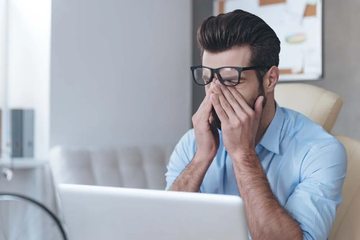
Understanding the process of an eye exam can be helpful, especially if you're looking to get the right pair of glasses. Here’s a breakdown of what typically happens during an eye exam, so you can feel informed and prepared when selecting eyewear.
1. Pre-Exam Preparations
Before the exam, you’ll fill out a medical history form. This is crucial for your eye doctor to understand any pre-existing conditions or medications you might be taking. Bring your current glasses or contact lenses along; your doctor will want to know your existing prescription.
2. Visual Acuity Test
The exam often begins with a visual acuity test, where you’ll read letters from an eye chart. This helps determine how well you can see at various distances, establishing whether you need corrective lenses.
3. Refraction Assessment
Next is the refraction assessment, where the doctor uses a series of lenses to pinpoint your exact prescription. You’ll look through different lenses and indicate which provides the clearest vision—essential for finding the perfect pair of glasses.
4. Eye Health Examination
Your eye health will also be assessed using specialized equipment. Common procedures include:
Slit Lamp Exam: This allows the doctor to examine the front structures of your eye closely.
Fundus Exam: Using dilating drops, your pupils will widen to enable the doctor to view the back of your eye, including the retina.
These examinations help identify potential issues that could affect your vision and inform your choice of glasses.
5. Intraocular Pressure Measurement
To check for glaucoma, your eye doctor will measure your intraocular pressure (IOP). This test is quick and helps ensure your eye health is optimal.
6. Discussion and Recommendations
After the examinations, your eye doctor will discuss the results with you. You’ll learn about your vision prescription and any recommendations for corrective lenses. If you have specific concerns about your vision, this is the time to address them.





